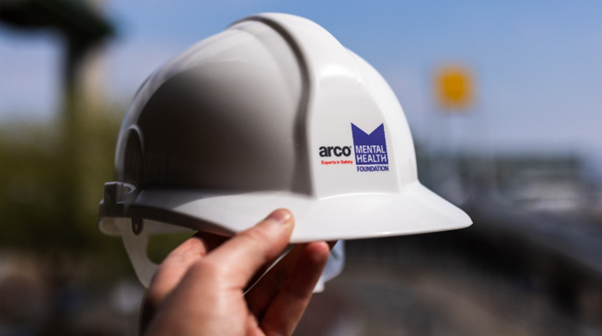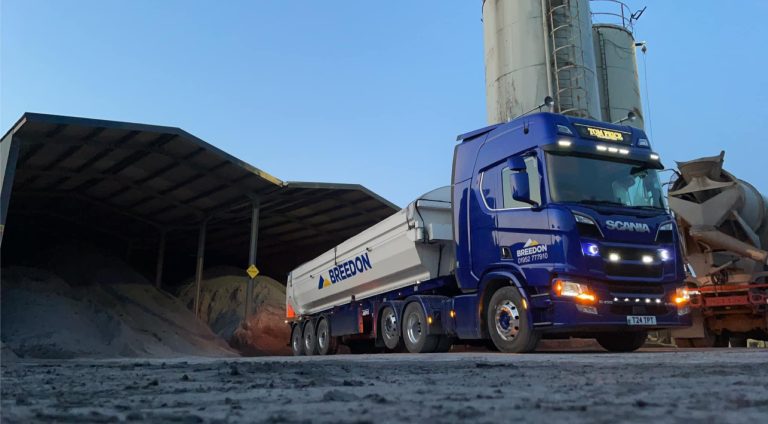Construction materials giant Breedon has slashed the amount of time it spends on tachograph administration by 1,300 hours a year – thanks to Webfleet, Bridgestone’s globally trusted fleet management solution. With 450 HGVs operating across more than 300 sites, the group provides asphalt, ready-mixed concrete and surfacing solutions within the UK and Ireland. Webfleet’s Tachoshare Plus has helped Breedon re-coup the admin time by facilitating automatic daily remote downloads of both driver and vehicle tachograph data. Drivers and transport managers no longer need to travel to depots to complete vehicle downloads, saving them valuable time and maximising productivity by keeping the trucks on the road. Truck-specific navigation is also saving time and boosting driver safety. “With Webfleet’s HGV routing, we can set much more accurate routes avoiding low bridges, weight restrictions and narrow lanes,” said Sarah Scothern, General Manager, Transport & Logistics at Breedon Group plc. “It also means we can give more accurate pricing estimates for delivery jobs.” With MANTIS camera integration on most trucks, the transport team can now access video evidence remotely, immediately after incidents, using the same Webfleet interface. “Far from being a Big Brother intrusion, the in-cab technology means we can support our drivers better,” explained Sarah. “With Webfleet and the multi-camera system, we can see the full picture, confirming, for example, that a driver was braking sharply to avoid a car cutting in, rather than driving dangerously.” Matt Vass, Director of Channel and Product Marketing at Mantis added: “Imagine the peace of mind for Breedon knowing they can swiftly access critical footage without sifting through endless hours of recordings. With our advanced camera technology seamlessly integrated into Webfleet, moments like sudden braking trigger automatic uploads, ensuring Breedon can react promptly. “Additionally, they have the power to stream or download any footage directly from any camera memory system, free from traditional constraints. This streamlined process enables Breedon to swiftly obtain video evidence, so decisive action can be taken when required.” The company is analysing Webfleet data to identify incidents and event hot spots – and to gain insights into the root cause of problems. The investment has resulted in a significant insurance premium rebate in recognition of lower anticipated accident rates. Breedon has also set its sights on improving driver behaviour, leveraging Webfleet’s OptiDrive 360 driver feedback and reporting. “As well as setting challenging KPIs, we’re planning to introduce a driver of the year and most improved driver award, to help keep drivers incentivised to drive more safely and efficiently,” said Sarah. “In addition, we’re planning to integrate around 800 owner-drivers into the system, so wherever you work in the business, everyone will be measured against the same benchmark.” Webfleet’s powerful reporting suite will be integral to the company’s aim to achieve the Fleet Operator Recognition Scheme (FORS) Silver accreditation by the end of this year and net zero carbon emissions by 2038. “Our large fleet presents a significant opportunity for CO2 savings and is a key focus of our sustainability strategy,” said Sarah. “With Webfleet’s certified CO2 report, we can now accurately measure our CO2 emissions, confirming not just how much our vehicles are emitting, but also why and where.” Breedon uses Fleetcare for 100 HGV vehicles transporting cement, combining Bridgestone’s best-in-class tyre range and tyre management solutions with Webfleet fleet management. Drawing upon connected tyre and vehicle data and reporting, Fleetcare provides smarter and more predictive maintenance solutions for the company, helping to reduce its total cost of fleet ownership. Building, Design & Construction Magazine | The Choice of Industry Professionals














